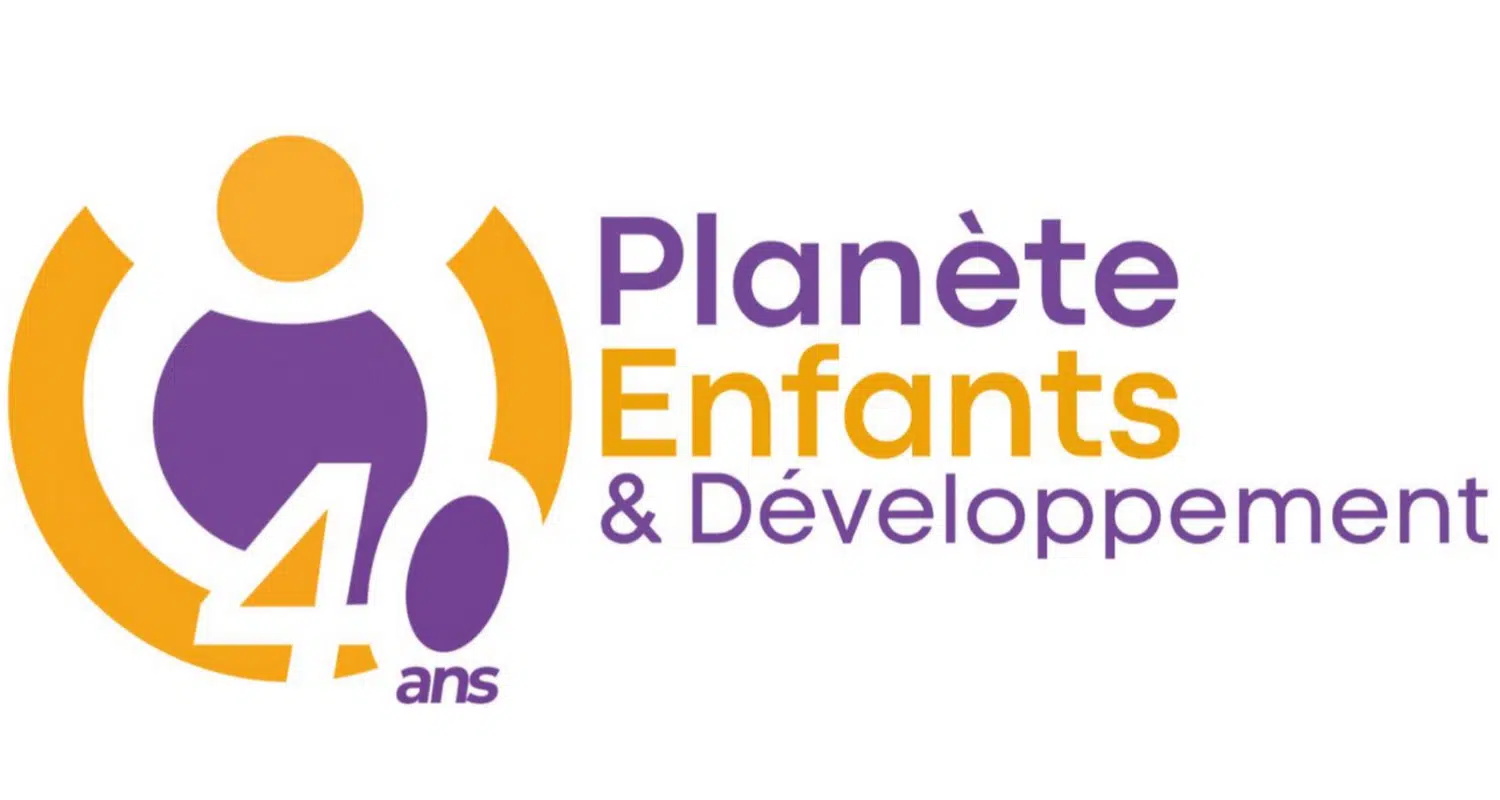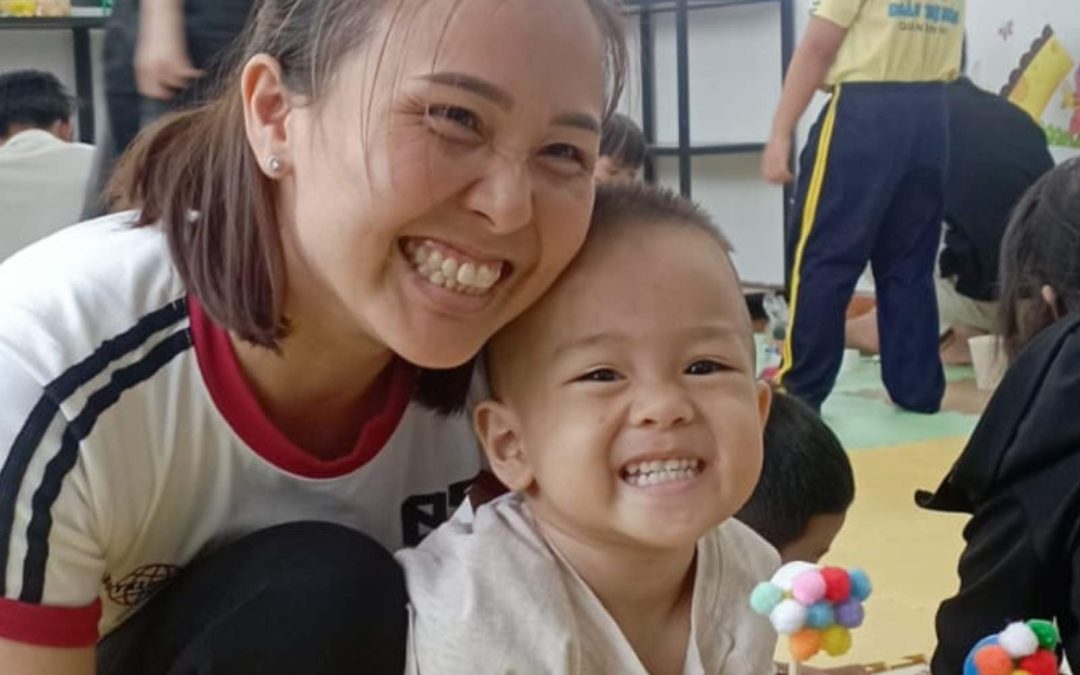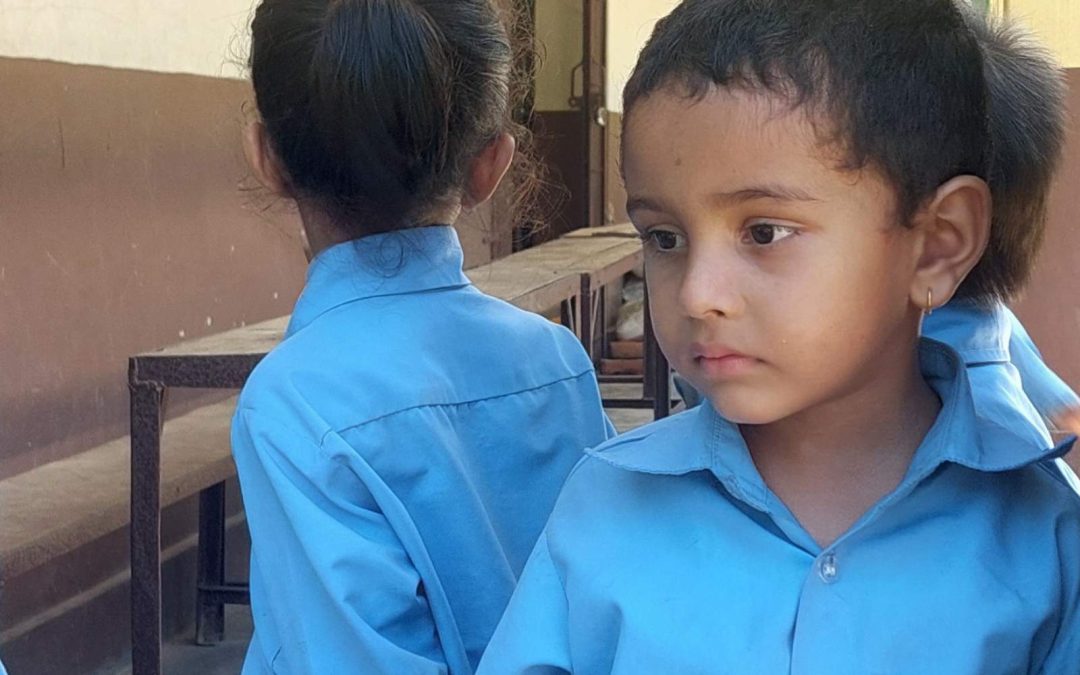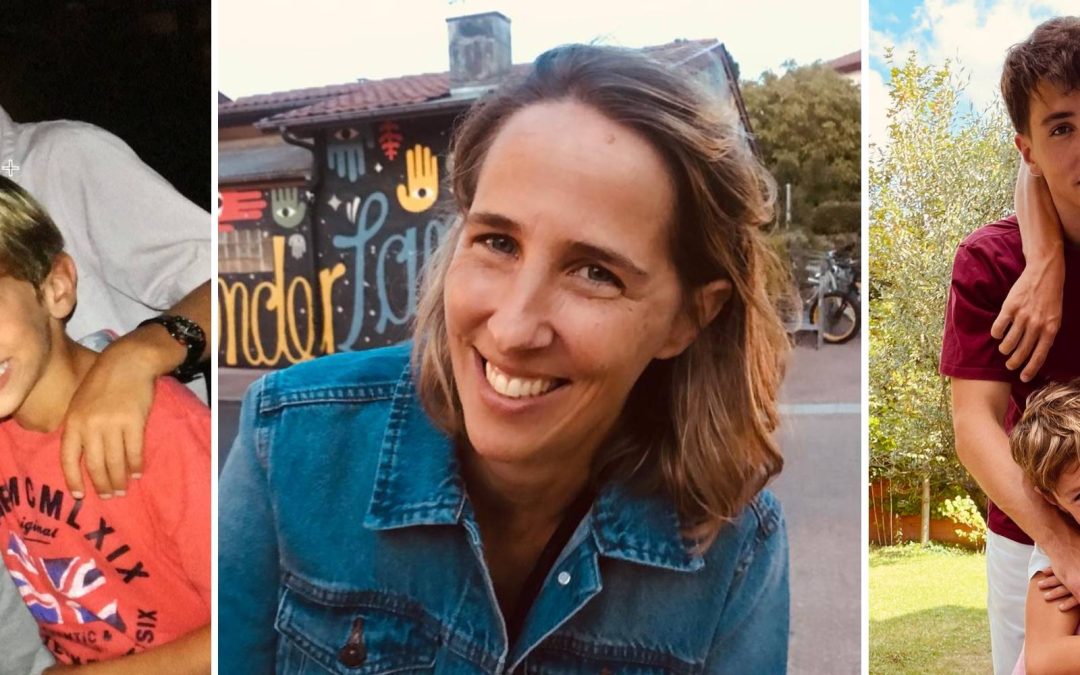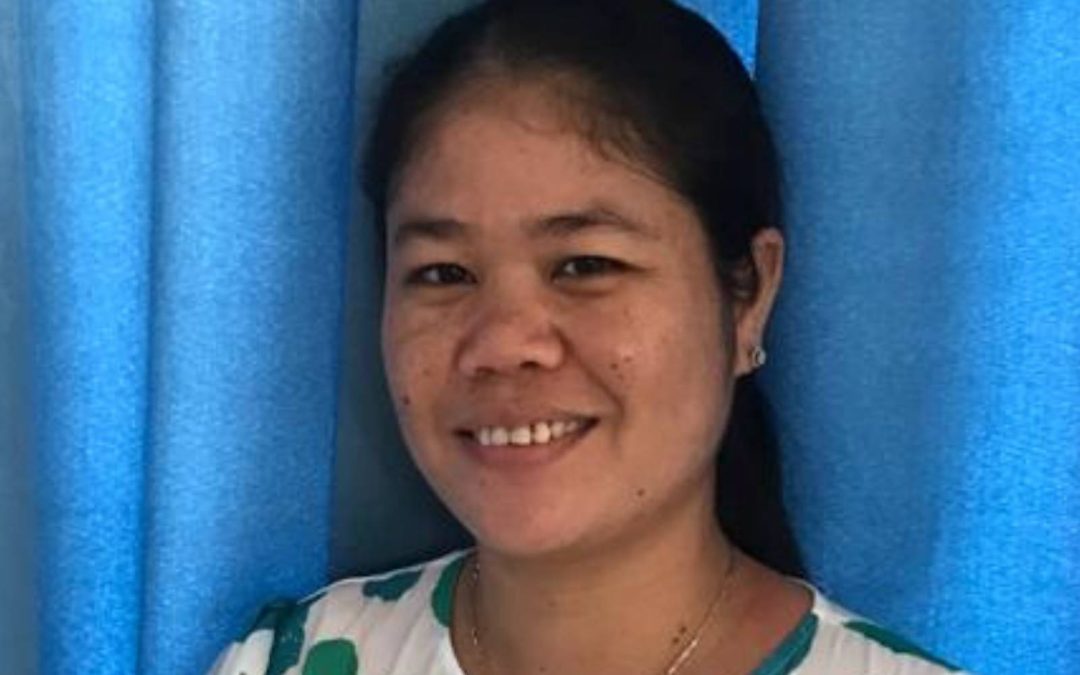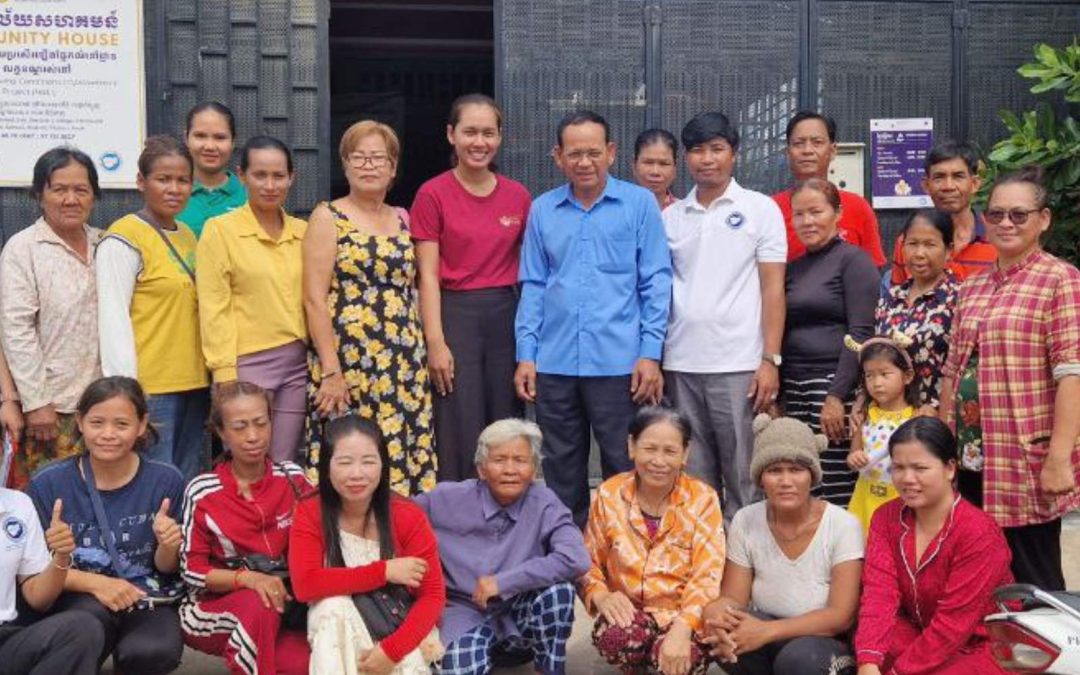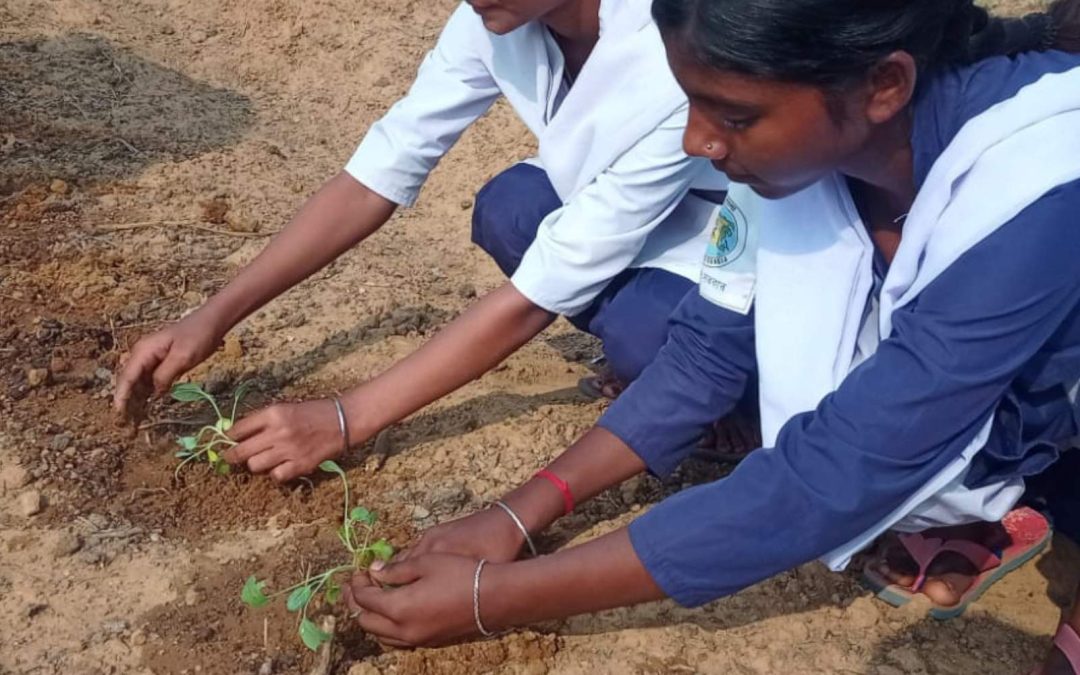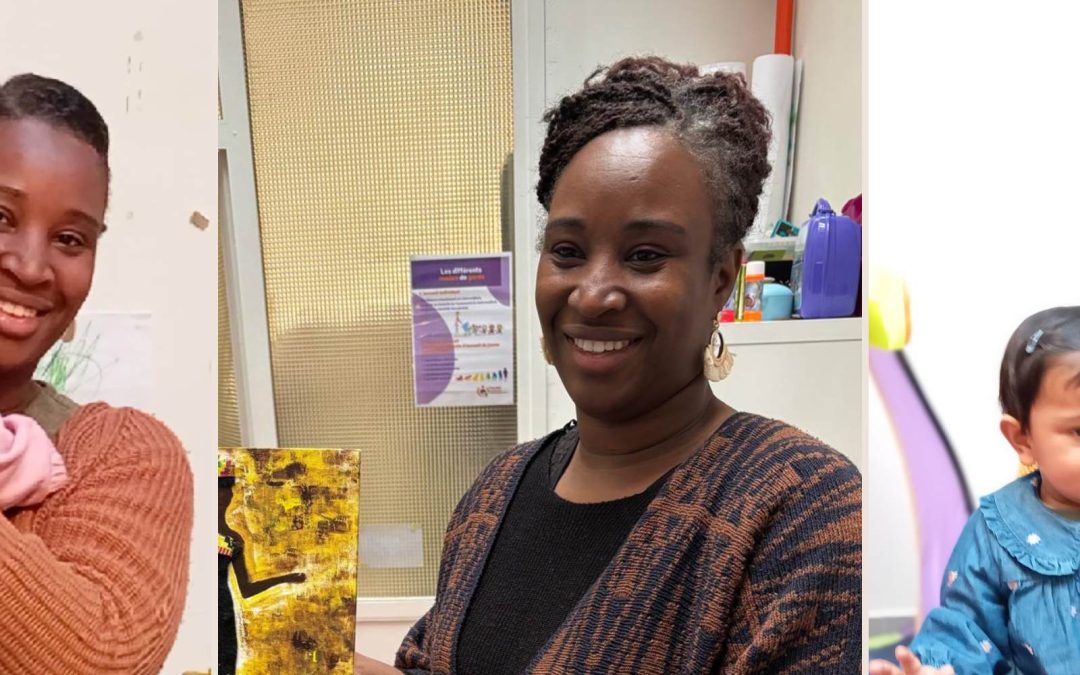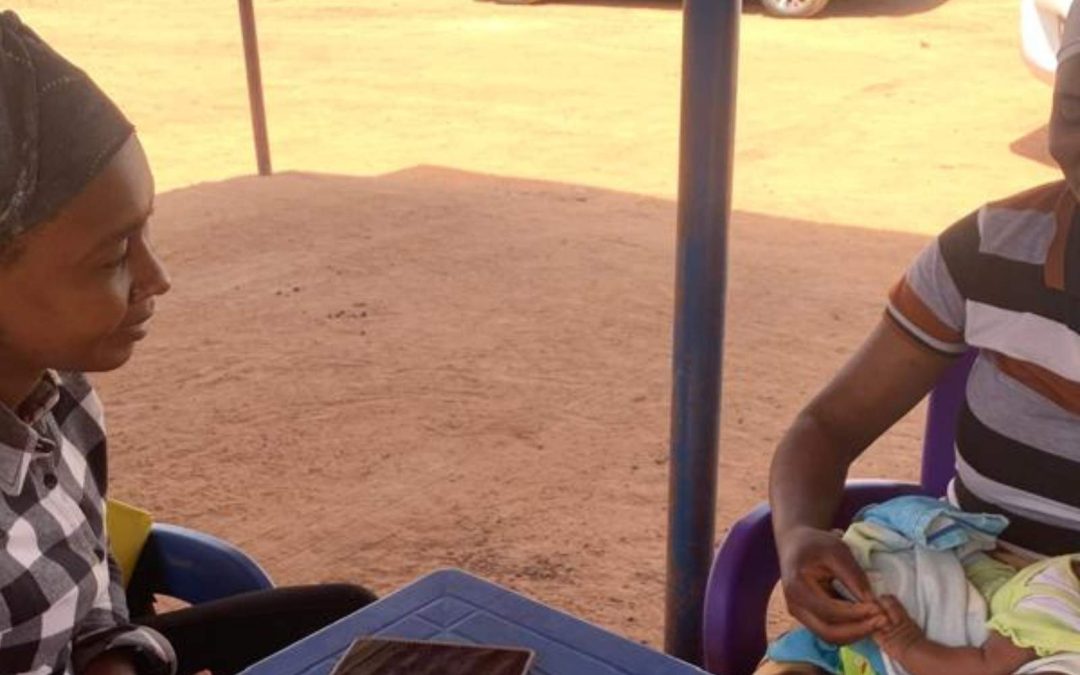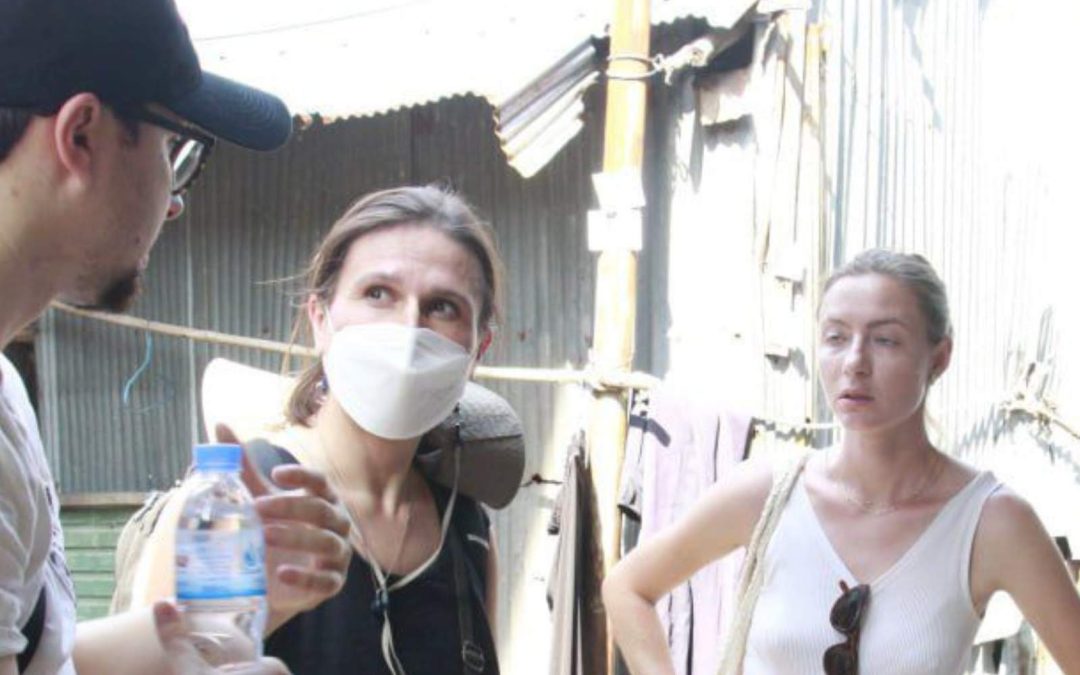[vc_row type= »in_container » full_screen_row_position= »middle » scene_position= »center » text_color= »dark » text_align= »left » overlay_strength= »0.3″][vc_column column_padding= »no-extra-padding » column_padding_position= »all » background_color_opacity= »1″ background_hover_color_opacity= »1″ width= »1/4″ tablet_text_alignment= »default » phone_text_alignment= »default »][image_with_animation image_url= »2307″ alignment= » » animation= »Fade In » box_shadow= »none » max_width= »100% »][/vc_column][vc_column column_padding= »no-extra-padding » column_padding_position= »all » background_color_opacity= »1″ background_hover_color_opacity= »1″ width= »3/4″ tablet_text_alignment= »default » phone_text_alignment= »default »][vc_column_text]
For the past 20 years, we have been conducting pre-school education programs for children aged 2 to 6, who are poor and/or suffering from violence. This is an area that is not well covered by NGOs and that we intend to develop in the coming years.
Everything is done before the age of 6.With this provocative title, the psychologist Fitzhugh Dodson summarizes a theory that has now been widely demonstrated: the type of stimulation a child receives during his first five years strongly determines his adult intelligence. Moreover, the emotional relationships formed before the age of 6, even outside the family sphere, leave an indelible imprint that will influence his approach to the world.
When children grow up in a disadvantaged or low-stimulation environment, access to preschool is a key factor in their development.
Yet, in most countries of the world, preschool enrollment rates are extremely low and the weak educational approach does not help children develop their potential.
Based on these observations, PE&D articulates its action around 4 axes:
- The creation of kindergartens for children who do not have access to them,
- Development of educational materials and training of educators on a large scale,
- The involvement and awareness of parents in the stimulation, protection and attention to be given to their young children so that they can blossom,
- Close collaboration with local authorities.
Depending on the context and local issues, our programs differ.
In Burkina Faso and Cambodia, where the pre-schooling rate is low due to a lack of facilities, we have built 12 pre-schools (Centre d'Eveil et d'Education préscolaire) and renovated 15 schools over the past 5 years. These structures have been transferred to the public service and/or are managed by the communities.
In Nepal, our "Kindergartens of Hope" project, launched in 2008, aims to offer children a harmonious development from an intellectual and emotional point of view, but also to physically and psychologically protect children subjected to particularly difficult living conditions (raised in slums or whose mothers work in the prostitution sector).
In early 2017, 2 projects of national scope were launched in Burkina Faso and Cambodia
The aim is to renovate and modernize pre-school education tools and to design educational games and toys, which are essential for early learning. The challenge is obviously to combine the relevance of the material and its adaptation to the local cultural environment. A long term work is therefore planned with our local partners, early childhood educators, training centers and Ministries of Education to create, design, test and finally produce the tools, games and toys. A solidarity company will be created to manufacture the toys in order to guarantee a short circuit and cheap materials. It is also a way to boost the local economy.
This project will reach 10,900 children in Burkina Faso and 9,000 in Cambodia each year.
[/vc_column_text][/vc_column][/vc_row]
